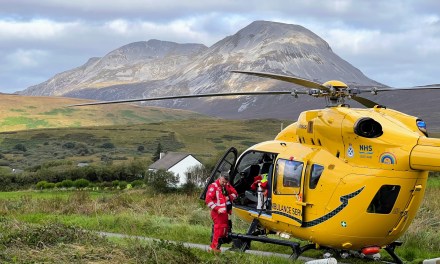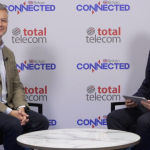Press Release
Galileo Software today launches Vision, its new customer experience visualisation platform that graphically shows how services are interacting with external factors. Vision shows how well a service is performing at any given time and location. Galileo Software also sets out its vision for The 5GUI, a suite of Galileo products that will simplify the monitoring of LTE and 5G services, and provide reporting on their usage and performance.
Galileo Vision pulls in data feeds from both inside and outside of the network – for example, line faults, traffic, weather, utility data – to rapidly predict or identify incidents that may impact services and customers. It shows where the faults are geographically located and enables service providers to quickly understand possible customer impact. Elements of Vision are already being tested by MBNL, Manx Telecom and eir.
Ireland’s largest telecoms provider, eir, has been testing the geomaps function within Galileo Vision, looking at the potential impact of weather and power on its services. Sinead Burke, Head of Incident and Event Management at Open eir, comments; “For service providers like ourselves, ongoing transformation within the industry means we need to be able to adapt to managing new services like IPTV, LTE, IoT and Smart Cities, while keeping customer experience at the heart of our organisations. Being able to look at how services might be impacted by internal and external factors, such as weather, is important as we strive to exceed the industry and customer requirements.”
Galileo Software’s 5GUI will be made up of Vision and Galileo’s upcoming products, Sense, service and customer experience monitoring, and Touch which automates and manages service incident responses based on customer impact analysis, managing run book responses, despatch of field engineers and maintaining appropriate communications with affected customers. Galileo Software’s 5GUI will give service providers the tools to understand how well services are running over their network, and the ability to react faster to incidents from a single, graphical interface. For example the UI will allow operators to visualise the communication performance and usage for driverless cars in context to the rest of the network and any dependent services, for example latency, dropped packets and bandwidth utilisation, metrics which will be key for the successful implementation of driverless cars.
Kevin Paige, CTO at Manx comments; “At Manx, we provide connected services for more and more business customers. Looking ahead to 5G, more devices and services will be connected and these businesses will need reassurance and visibility into network performance. 5GUI will give us a quick and easy way to find out how those services are performing, and this will be an important differentiator.”
Patrick Buttimer, CEO at Galileo concludes; “5G brings new service capabilities, connecting more people, places and things than ever before – and that means operators need to be able to manage completely new types of services. The 5GUI will do all the heavy lifting to provide a simple, graphical representation of service performance and the ability to rapidly address incidents from the same dashboard.”















